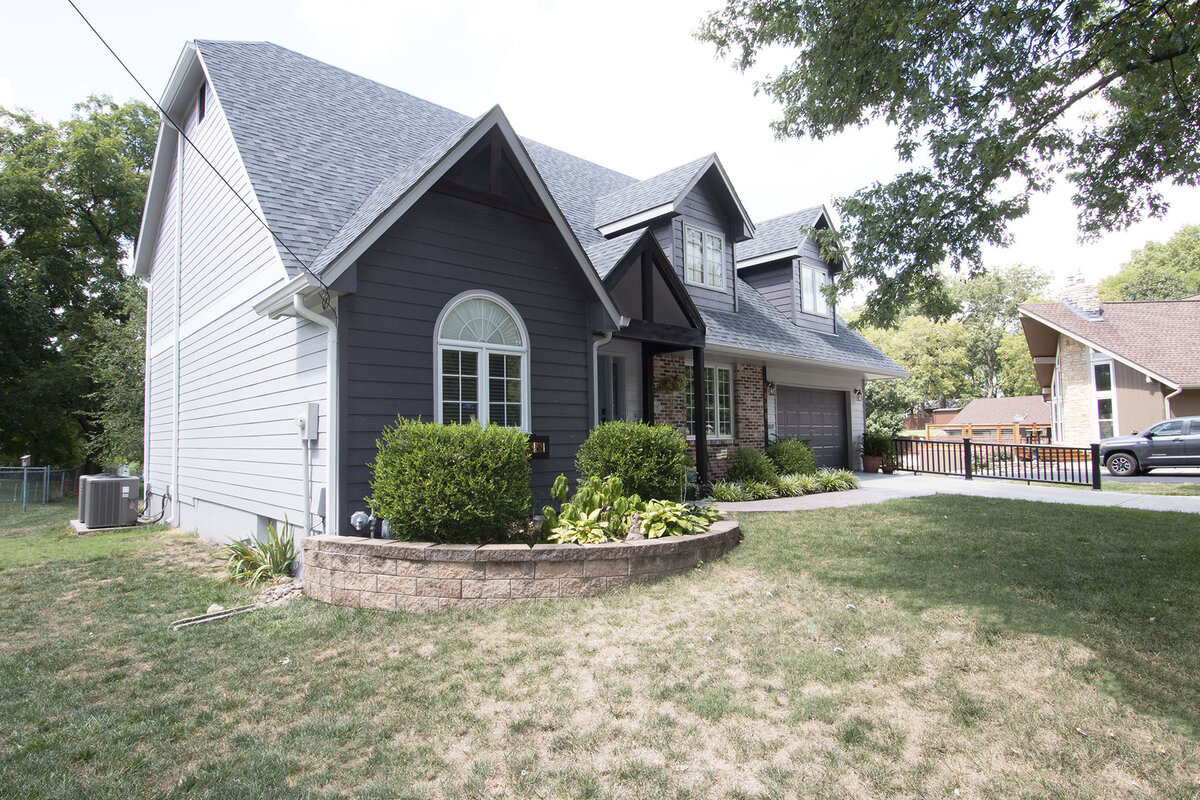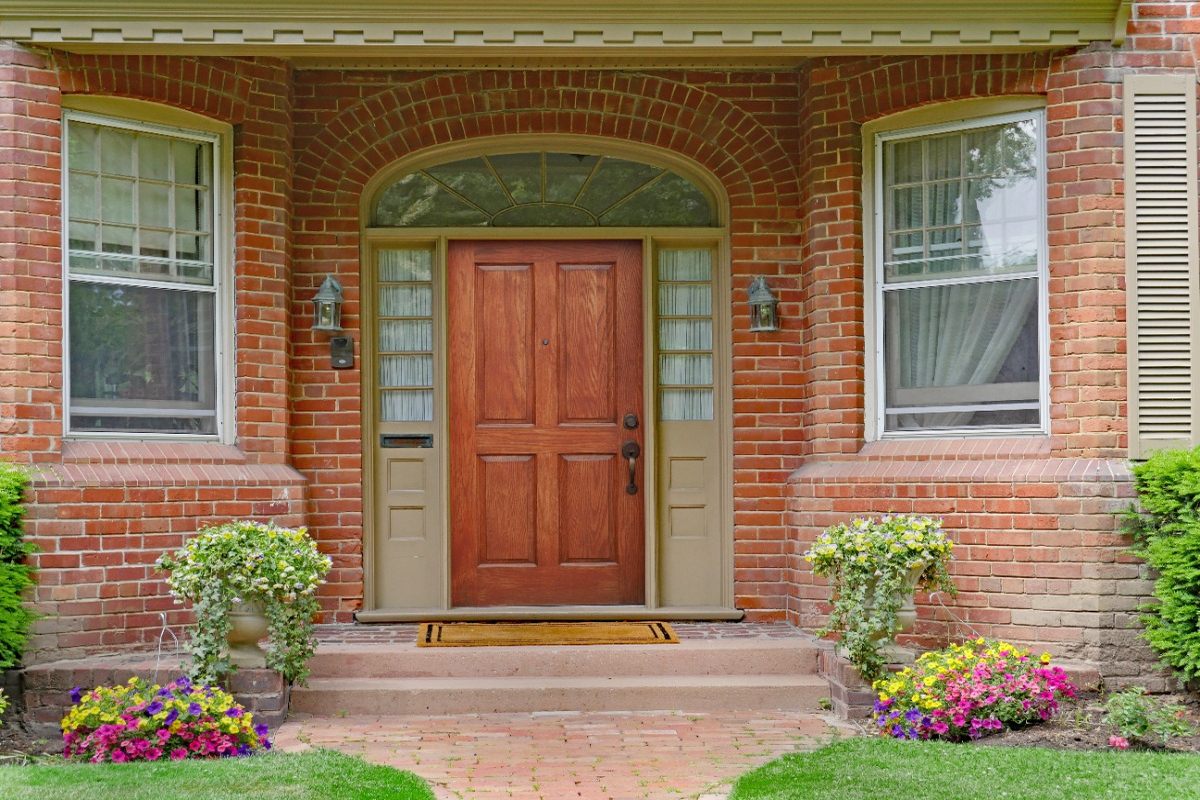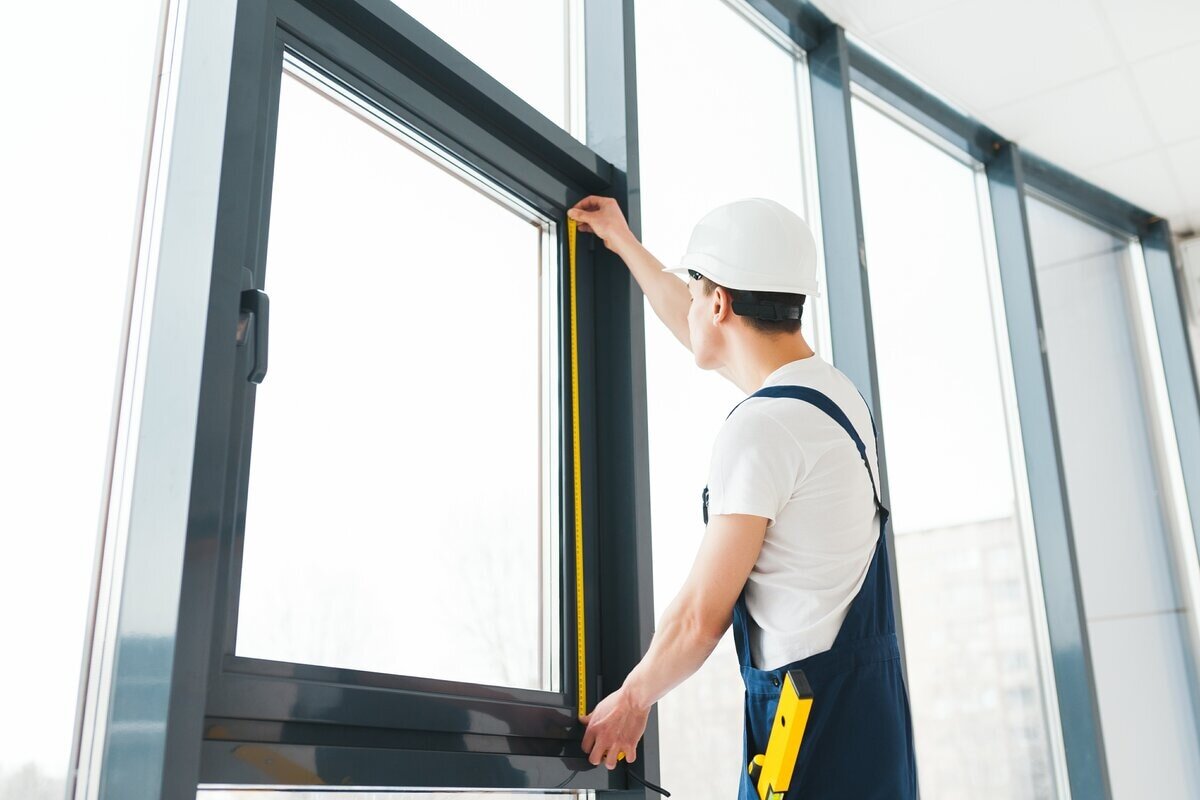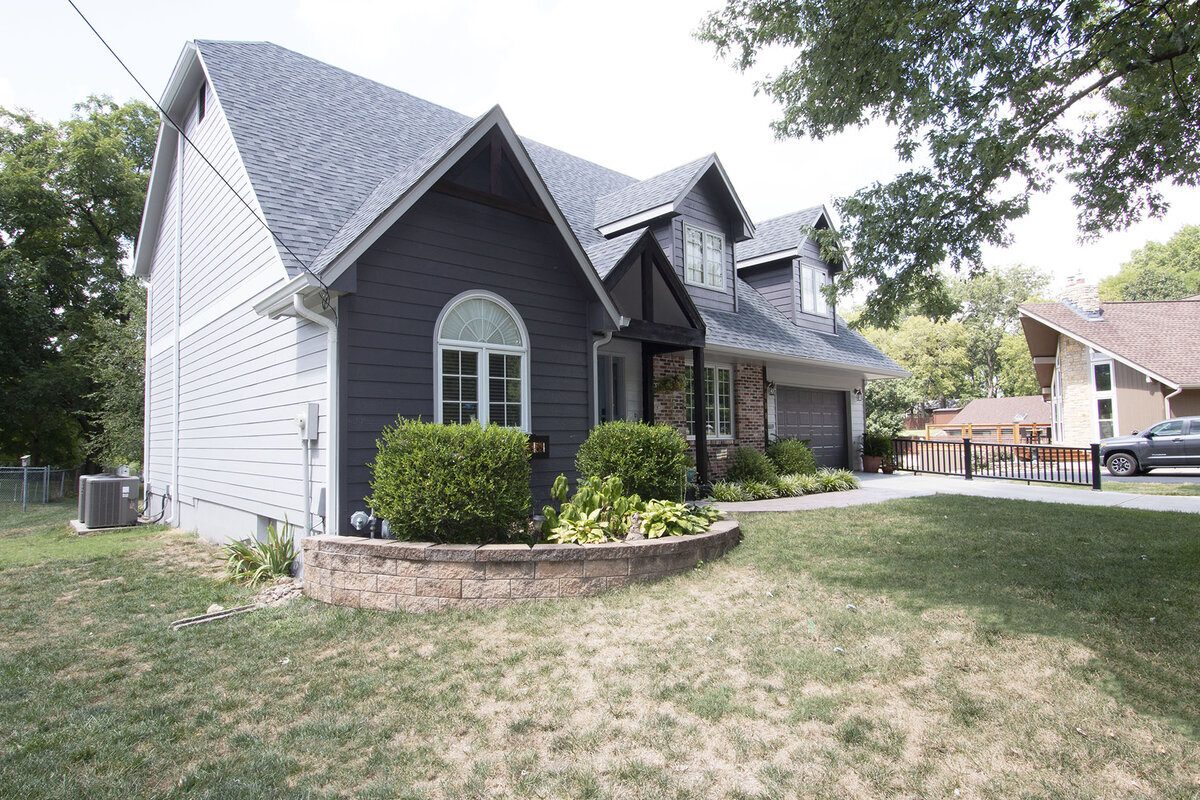Fiber cement siding is a popular choice in St. Louis. But what about vinyl and cedar? Understanding the differences in siding materials can help you make the best choice for your home, needs, and budget.
At Hawthorn Home exteriors, we are all about James Hardie siding and believe it is the best product for your St. Louis home. Let’s look at how vinyl, cedar, and fiber cement compare so you can see why James Hardie is our siding of choice.
Vinyl Siding
Vinyl is a common siding option because it is affordable. Unfortunately, you get what you pay for, and it has an “entry-level” appearance. That means the installation requires a lower skill set, and the product offers a low return on investment.
Vinyl siding doesn’t perform as well in extreme weather and is prone to damage by hail. It also fades over time, particularly dark colors. It can catch fire at high temperatures and must be replaced after 10-15 years. Vinyl is a plastic product, and its production releases volatile organic compounds into the air.
The benefit of vinyl siding is that it won’t rust, rot, or warp. It is also a solid-color product that you will never have to paint.
Cedar Siding
Cedar siding costs more than vinyl but less than fiber cement. It is also more durable than vinyl but comes with many maintenance costs that you won’t have with vinyl and James Hardie siding.
Because cedar siding is a natural product, it is prone to insect damage, rot, mold, and color fading. Wood is also highly flammable, unlike vinyl and fiber cement boards. With limited color and design choices, cedar siding is less popular than vinyl and fiber cement.
With wood siding, you will need to regularly re-paint, re-seal, and re-caulk. It is prone to moisture and sun damage, so keeping up with maintenance is critical. Any vulnerable areas will absorb moisture, which can introduce pests, rot, and mold to your home.
Fiber Cement Siding
Fiber cement gives you the aesthetic of wood without the maintenance issues. Although it is the most expensive option upfront, it is the most cost-effective long-term.
A fiber cement option like James Hardie is thicker than vinyl and more durable. Unlike vinyl and cedar siding, James Hardie is resistant to:
- Rot,
- Warping,
- Pests,
- Moisture and sun damage,
- Fire,
- Fading
James Hardie siding comes with a 30-year, non-prorated warranty, and, with the proper care, can last up to 50 years. You will need to re-paint your siding after 10-15 years, but other than that, it requires very little maintenance.
Made from cement and cellulose fibers, it is a more eco-friendly product with a great ROI and adds value to your home.
Why Fiber Cement Siding is Our Choice
At Hawthorn Home Exteriors, we focus on excellent customer service and project delivery. That means that we only use the best products and installation techniques.
James Hardie siding ticks all our boxes, and we trust it is the best product for our client’s homes. We are a James Hardie Elite Preferred Contractor, which means we have factory-trained professionals who understand the product and how to install it to the highest standard.
We offer premium siding installation at competitive labor rates to provide our customers with the best possible products that work within their budget. We also know that professionally installed fiber cement siding, along with our lifetime workmanship warranty, guarantees a fantastic outcome for our clients.
Trust St. Louis’s Premium Siding Installers
If you need to replace your siding and are trying to choose the best material, contact us for a free estimate on our fiber cement siding.















